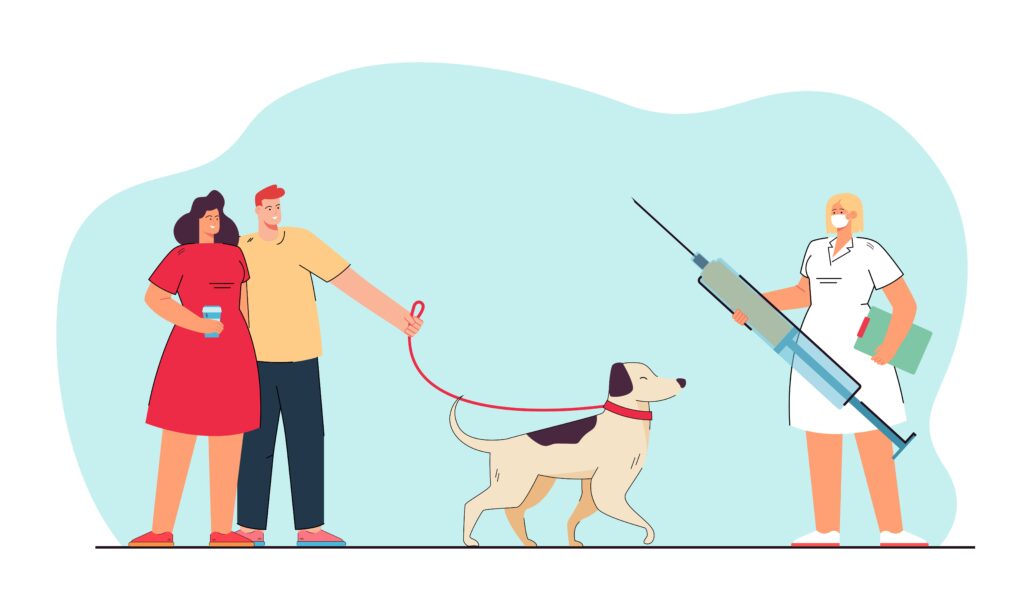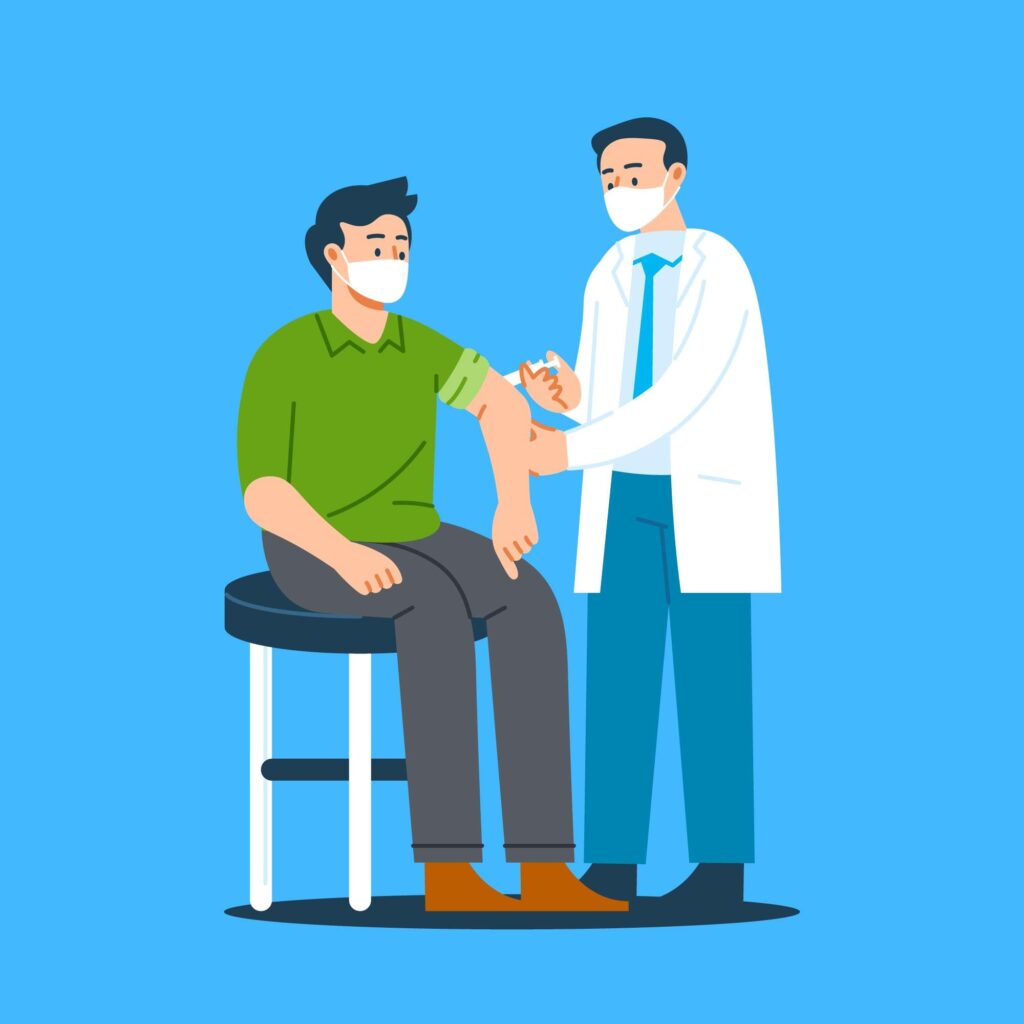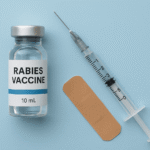Rabies is a fatal viral disease that affects the brain and nervous system. It spreads mainly through the bite or scratch of an infected animal, commonly dogs, bats, and wild animals. The rabies vaccine is a life-saving preventive and post-exposure treatment that plays a critical role in controlling this deadly disease.
In this article, we’ll explain everything you need to know about it – what it is, how it works, who needs it, side effects, and more – in a simple way.

Table of Contents
Why in the News?
Brijesh Solanki, a 22‑year‑old state‑level kabaddi player, died from rabies. He had rescued a stray puppy dog from a drain a week ago and got a minor bite on his hand. Due to this, he got a severe infection, and then he died on 3rd/July/2025.
Rabies Vaccine: Uses, Types, Dosage, Side Effects & More
What is the rabies Vaccine?
It is a biological preparation that stimulates the immune system to protect against the rabies virus. It can be given:
Before exposure (Pre-exposure prophylaxis) – for high-risk individuals like veterinarians, lab workers, travelers, and common citizens
After exposure (Post-exposure prophylaxis) – for anyone bitten or scratched by a potentially rabid animal.
There are two types of rabies vaccines:
- Human Diploid Cell Vaccine (HDCV)
2. Purified Chick Embryo Cell Vaccine (PCECV)
Both are safe and effective.
💉 Rabies Vaccine Schedule:
1) Pre-Exposure Schedule:
Usually for high-risk individuals.
3 doses on Day 1, Day 7, and Day 21 or 28
2) Post-Exposure Schedule (for unvaccinated people):
4 doses on Day 0, 3, 7, and 14
Plus Rabies Immunoglobulin (RIG) on Day 1
If you are already vaccinated: Only two booster doses are needed on Day 1 and Day 3. No RIG is required.
Who Should Get the Rabies Vaccine?
Pre-exposure vaccine is recommended for: Veterinarians, animal handlers, Wildlife workers, laboratory staff, travelers to high-risk regions, and Children in rabies-endemic areas
✅ Post-exposure vaccine is given to:
Anyone bitten, scratched, or licked by a possibly rabid animal
Even if the animal looks healthy, better safe than sorry!
Signs of Rabies in Animals:
Keep an eye out for:
Unusual aggression or fearlessness
Excessive drooling or foaming at the mouth
Paralysis or staggering
No fear of humans (especially wild animals)
If bitten or scratched, wash the wound with soap and water for at least 15 minutes, then seek medical help immediately.
Side Effects of Rabies Vaccine:
It is generally well-tolerated. Common side effects include:
Mild fever, Headache, Redness, swelling, or pain at the injection site, Fatigue
Serious allergic reactions are rare.

How the Vaccine Works:
The vaccine trains your immune system to recognize and fight the rabies virus by producing antibodies. Once vaccinated, your body is ready to neutralize the virus if you’re exposed.
In post-exposure cases, quick vaccination before the virus reaches the brain is the key to survival. Once symptoms begin, the disease is almost always fatal.
Here, you will get all the information about the Pulmoclear Tablet.
FAQs About Rabies Vaccine:
1. Can I get rabies even after vaccination?
2. What if I miss a dose?
3. Is it safe for children and pregnant women?
4. Can I take the rabies vaccine at home?
5. How long does protection last?
Conclusion
The rabies vaccine is a critical tool to prevent a 100% fatal disease. Whether you’re at risk due to your profession or have faced a sudden bite, timely vaccination can save your life. Never ignore a bite or scratch from an animal – when it comes to rabies, prevention and quick action are everything.
Stay safe, stay protected. If in doubt, always consult your doctor.











1 thought on “Rabies Vaccine”